12 customer engagement strategies: A step-by-step guide

VP of Customer Experience
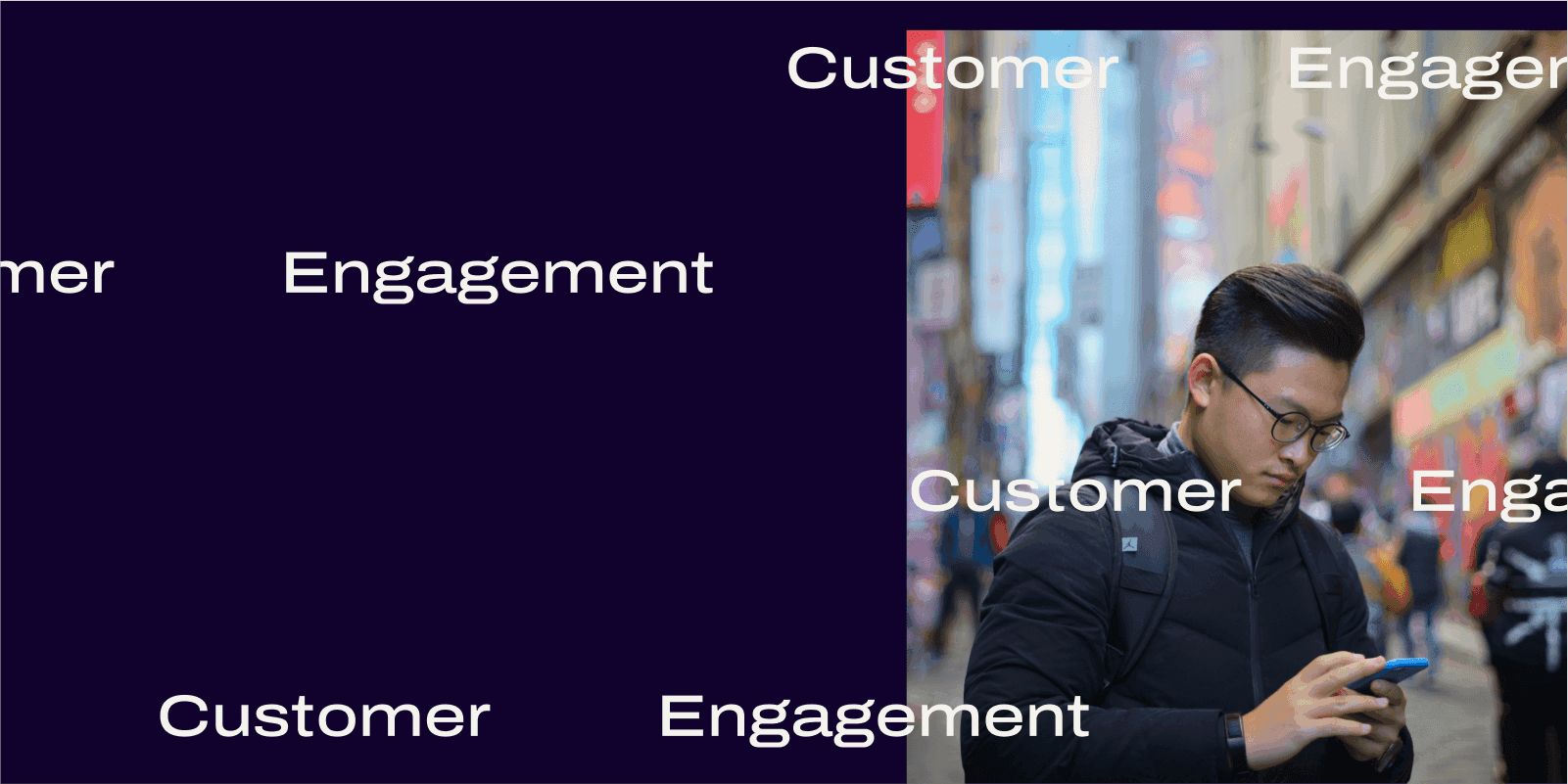
Tags
Share
Most businesses are so busy trying to pull in new customers that they forget about their existing customer base.
Don’t make the same mistake.
Your community of consistent and loyal customers are your brand advocates; they socialize praise for you naturally, post reviews, and get other customers onboard.
Focusing on your existing customers and honing your relationship with them all comes down to your customer and product engagement strategies.
How established is your strategy and is it focused on acting on what your customer shares with you? Are you listening? Are you acting?
If you’re unsure, keep reading to learn about effective engagement strategies that can propel growth and lead to higher levels of customer loyalty.
As VP of Customer Success at Dialpad, customer engagement is always top of mind for me.
What is “customer engagement,” anyway?
Simply put, customer engagement is the way you interact and build a relationship with your existing customers through different channels like social media, email, phone, or your blog. For there to be meaningful engagement, you have to be actually listening and acting on what is shared. It’s not enough just to have a relationship, you need to really build a partnership. Two-way communication and transparency are key.
What is a customer engagement strategy?
A customer engagement strategy encompasses how your businesses goes about developing trust, brand loyalty, and accountability with customers. This way, your customers will be more likely to share how you support them, work with them, and listen to them.
👉 Dialpad tip:
For there to be true accountability, you need three key elements: your Product team’s involvement and commitment, active listening as a company, and accountability—at all levels. The first one is often overlooked, but it’s no less important. Often, if you think that you’re listening well and being accountable as a company but are still lacking in customer engagement, it’s because there’s been no feedback and improvement on your product.
To execute an effective customer engagement strategy, you have to listen, act, and communicate regularly. So, it’s key you create a plan that outlines what team members will focus on and how you’ll actively engage and work with your existing customers.
It often boils down to how good communication is, both with internal and external customers. You have to have true partnerships with both to make sure your external customers are successful.
5 benefits of customer engagement
1. Better customer retention
If your customer marketing strategy is on point and is used to educate your customers in a meaningful way to share best practices and enlighten customers on ways others might be using the product, chances are your customer retention levels will increase.
If you’re regularly connecting with customers and creating engagement points that work for the customers and make it easy for them to share with you then you are building long lasting relationships.
The more engaged your customers are, the more likely they are to stick with your brand—it’s all about being valued and feeling heard. (who doesn’t want that?!)
If your customers feel like they’re being recognized, valued, and connected with, then your churn levels are likely to hit an all-time low—the only kind of low that you’ll actually want! (unless you’re a fan of the band of the same name, of course.)
2. Visible brand identity
Building brand awareness and brand identity all comes down to an effective customer engagement strategy. One effective way to enhance brand identity is to create a logo that represents your business values and vision.
How are you reaching out to customers and how active are you on social media? Your messaging and the way you connect and position yourself with customers will shape your brand identity—something that will become synonymous with your business, so it’s key you leave a good impression.
Building this visible brand identity will give your business more of a culture for customers to step into and embrace. Create a culture of customers voice matters.
Once they feel less like a customer and more like they’re part of a building something great, they’ll be more likely to stick around and buy into what you’re selling.
3. A bigger digital following
Once you start incorporating customer engagement strategies regularly, you’ll start to notice a difference in your digital following.
👉 Dialpad tip:
You don't have to be on every online platform. If your customers are on LinkedIn, Twitter, Instagram, and TikTok, then sure, use them, but don't jump on a social media platform just because it's a hot trend. If your customers aren't there, you're just wasting time and resources.
A large digital following on social media can also boost your sales if you or your social media agency are clever about your marketing strategy. Simply ask followers to tag and upload photos of them using your product or service; a nifty and inexpensive form of marketing for your brand.
4. More cross-sell and upsell opportunities
By focusing on your current community of loyal followers and really honing in on the relationship you build with them, you’ll create even more trust and loyalty. This loyalty they feel for your brand could well extend to them recommending you to their friends or social media followers, and this word-of-mouth is a gold-mine of opportunity.
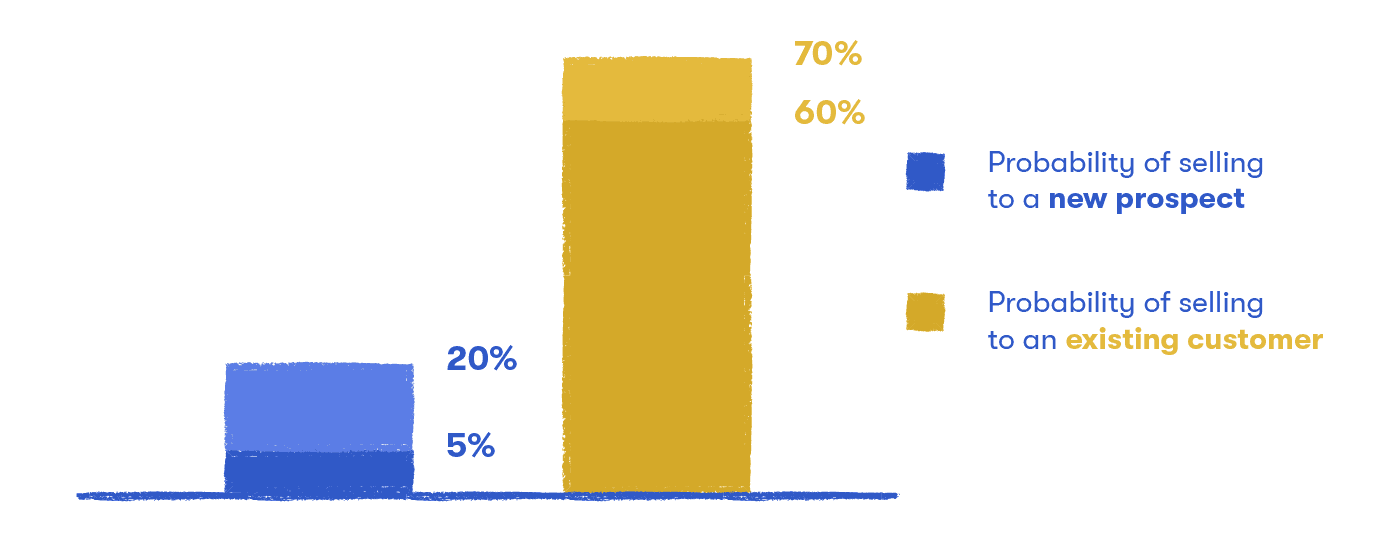
They’ll essentially act as free marketers for you, leading to increased cross-sell opportunities and higher chances of conversion rate optimization.
Another benefit of an effective customer engagement strategy is the possibility of increased up-sell opportunities.
👉 Dialpad tip:
Your chances of getting a long-time, happy customer to upgrade a product or service is generally much higher than if you asked a first-time buyer to go with a more expensive option.
This is because there’s already a base of trust and loyalty with a long-time buyer; they might even come to the decision themselves without you needing to push.
5. Enhanced customer relationships
More than anything else, enhanced customer relationships are at the core of an effective customer first strategy.
Aside from all the benefits that come with increased engagement (up-selling, cross-selling, and free advertising) having a happy consumer base will make your job much more rewarding.
Who would say no to more customer loyalty and customer support?
12 customer engagement strategies for growing businesses
Read on to find some of the most effective customer engagement tips and strategies, and how you can go about implementing them.
I’ve also included some customer engagement examples so you can take inspiration for your own strategy.
1. Use analytics data to strategize your customer engagement
Find out what kind of services and content your customers are craving by analyzing data to strategize your customer engagement strategy.
You may already have a strategy in place, but keeping up to date with customer feedback and how your consumers respond to changes is vital. It’ll help inform you of any new steps you need to take and whether your strategy has been successful or not.
An easy way to collect this data is through surveys and customer satisfaction rating systems like CSAT, which gives you a clear overview of whether your current efforts are boosting engagement, customer support, and your overall customer experience (or CX). In Dialpad, you can create a CSAT survey easily right in your contact center dashboard:
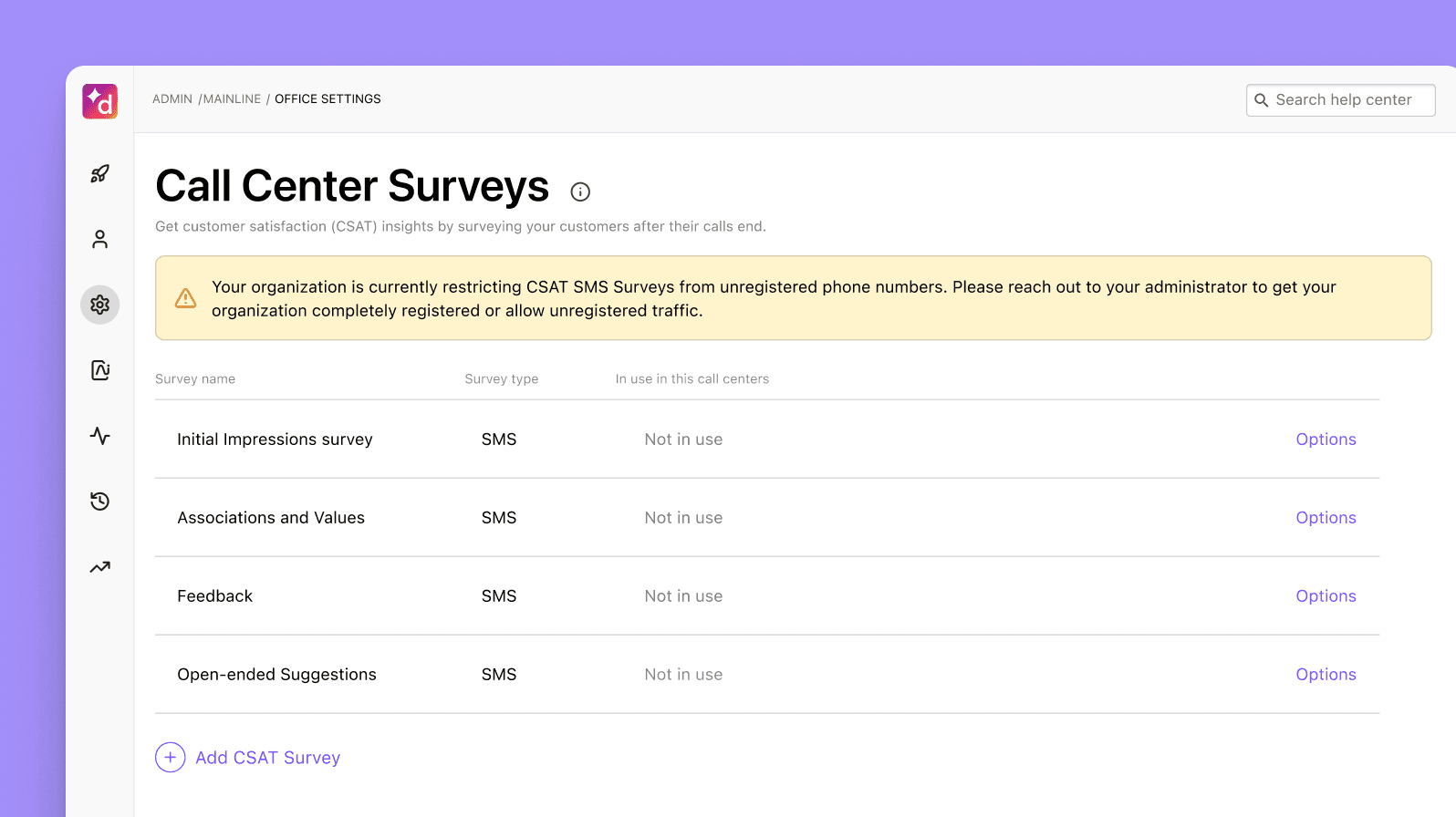
From there, you can customize a script and questions.
You might find that subscribers on your mailing list want more interactive features in their newsletters. Your plan of action could be to introduce more gamification elements.
Perhaps you find out that customers want new features for the service or product you offer. Either way, without tracking the metrics and analyzing data, you’d never have found out these pain-points.
👉 Dialpad tip:
You could potentially create your own CSAT, but an easier option would be to implement software that already sends surveys out to your customers automatically. With Dialpad, you’ll have all the analytics displayed for you in an easy-to-read and clear format in addition to accurate transcriptions thanks to its proprietary AI, Dialpad AI.
2. Deliver memorable first-contact experiences
First impressions count, so it’s key you make all first-contact experiences positive and rewarding for customers.
Good customer interactions shouldn’t just focus on your new customers—yes, you should set the tone for this fresh customer journey. But you should also aim to provide a memorable CX when your existing customers contact you, whether it's guiding them through certain touchpoints on your website or tricky questions. Don't forget about them!
And if you're looking at customer service support specifically, you may want to think about call center optimization strategies.
This could be anything from briefing your team on the best responses or using a versatile cloud communications software that brings together a contact center, phone system, video, and messaging to make your communication more efficient:
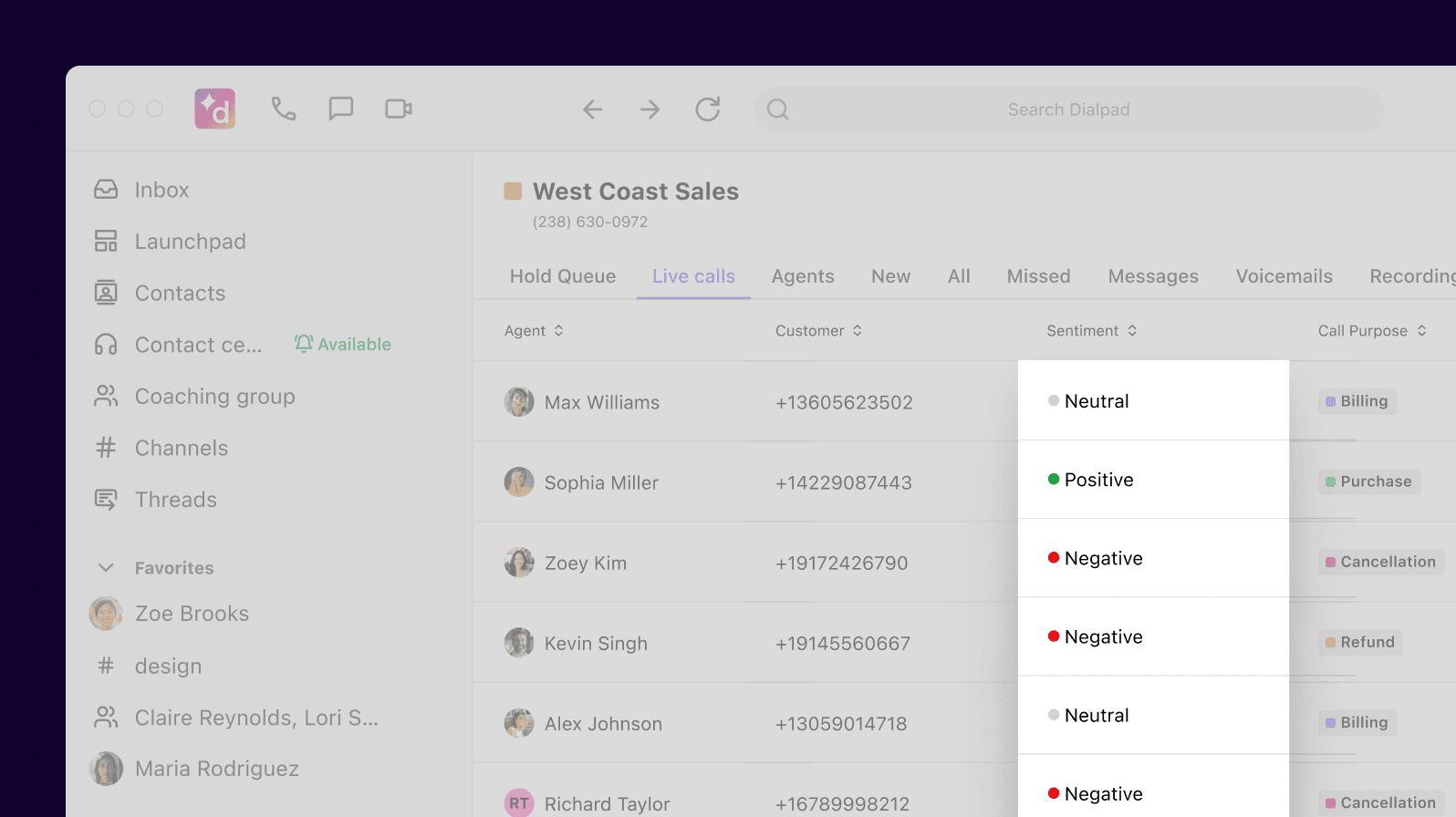
3. Prioritize responding to customer calls and emails
A sound digital marketing and content strategy isn’t the only part of a customer engagement strategy. Being active in your follow-ups and responding to customer queries is just as important.
While crafting curated content for your target audience, try to use your customer calls and emails as inspiration! This is a direct example of prompting user engagement, as you’re showing customers you care by responding quickly.
Make sure your contact center is fully equipped with the right VoIP call center solutions (a CRM is generally a must) to do the job.
Be sure to respond to comments, calls, and emails in real-time and aim for under 30 minutes—although this number will vary widely depending on your customers' expectations. Prioritizing this will really show that you’re a customer-centric brand that values customers.
👉 Dialpad tip:
You could think about automating some of this communication with chatbots, but be careful not to swamp all your systems with this automated chat. Customers still crave an emotional connection so be sure to have a wide range of contact options available. Especially those that connect consumers with live chat and call agents.
4. Design your content around your customers’ interests and concerns
I touched on this earlier, but a solid content marketing strategy can go a long way in increasing levels of customer engagement.
Once again, surveys could be a way of getting feedback from consumers on what they like and what they’d like to see more of in your content.
Think beyond just blogs and cool photos; social media and tech has opened up a whole array of fresh, exciting content creation ideas for you to explore. If your customers want more content that’s interactive, think about setting up webinars showcasing your product or host a live Q&A on Instagram.
It can even be as simple as touching on their pain points and concerns, and bringing it to the content on your website. If privacy is their main concern, for example, you could create a whole blog post or FAQ page detailing your customer data storage and security measures.
5. Optimize everything—website, emails, collaterals—for mobile
Whether you’re creating content for your site or doing simple email marketing, it’s key to optimize everything for mobile.
A good place to start is by adding new features and designing in a way that improves functionality for both mobile and desktop users. Creating your website and pages with both website and desktop users in mind will improve the overall CX, making their customer journey easier and more efficient.
You could also think about introducing a mobile app of a service or platform you offer. Not only might this attract new customers, but it will make mobile users’ journey of your site much smoother.
For example, at Dialpad, we know that our customers are busy and working across all devices, from mobile to desktop. So, we designed the app to work on iOS, Android, Mac, and PC—and even web browsers, no downloads needed:
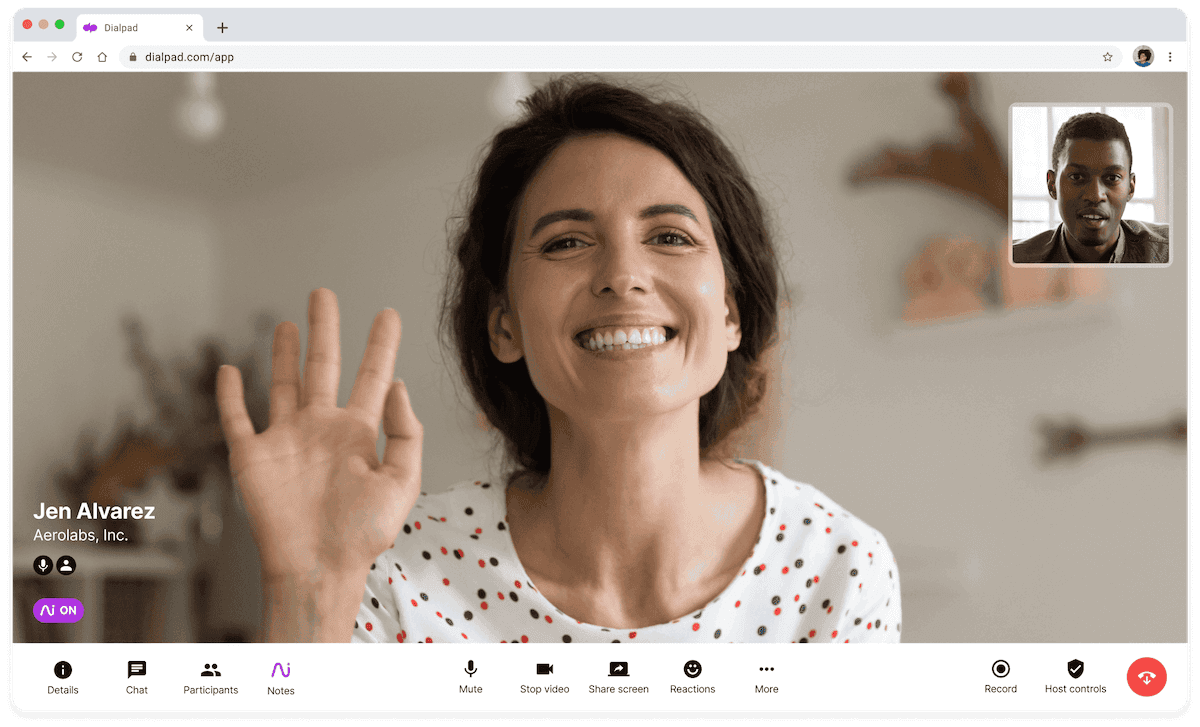
(And you can just use your web browser too—with full contact center functionality.)
6. Give trial users amazing experiences that make them upgrade
Ever trialled an Amazon Prime account? It’s amazing. Your trial lasts 30 days and you’re free to buy virtually anything and get it delivered for free on next-day delivery. Oh, and you’re also able to make the most of the free Prime videos on your account, too.
This is just one example of a great trial that gives its users amazing experiences in a bid to make them upgrade to a paid version of the product or service.
Make like Amazon and create a memorable trial experience when onboarding potential customers.
The idea is to make the experience as amazing as possible, so they remain hooked long after the trial ends. This could be as simple as offering new customers a free 30-day trial of your product or service, perhaps with some added perks.
(Just make sure you provide a clear rundown on how to cancel the subscription, you don’t want to get burned for having a needlessly complex cancellation system!)
7. Provide exclusive offers to loyal customers
Take a look at your customer base, consider who your long-time devotees are (usually people who have been buying your product on a regular basis), and start providing them exclusive offers.
As tenured customers, they’ve already proved their loyalty and trust, so reward them!
Consider setting up a loyalty program where each customer can collect points and earn special prizes once they’ve reached a certain number of buys. You could even implement a referral system where they’re given free store credit every time they recommend a friend who makes a purchase.
Some other ideas include:
Gifting your customers discounts or special perks on their birthday
Gifting customers free items with special purchases
Sending regular customers discount codes
Gifting long-time customers access to your newest products or services before anyone else
8. Use mobile notifications and SMS to connect and convert
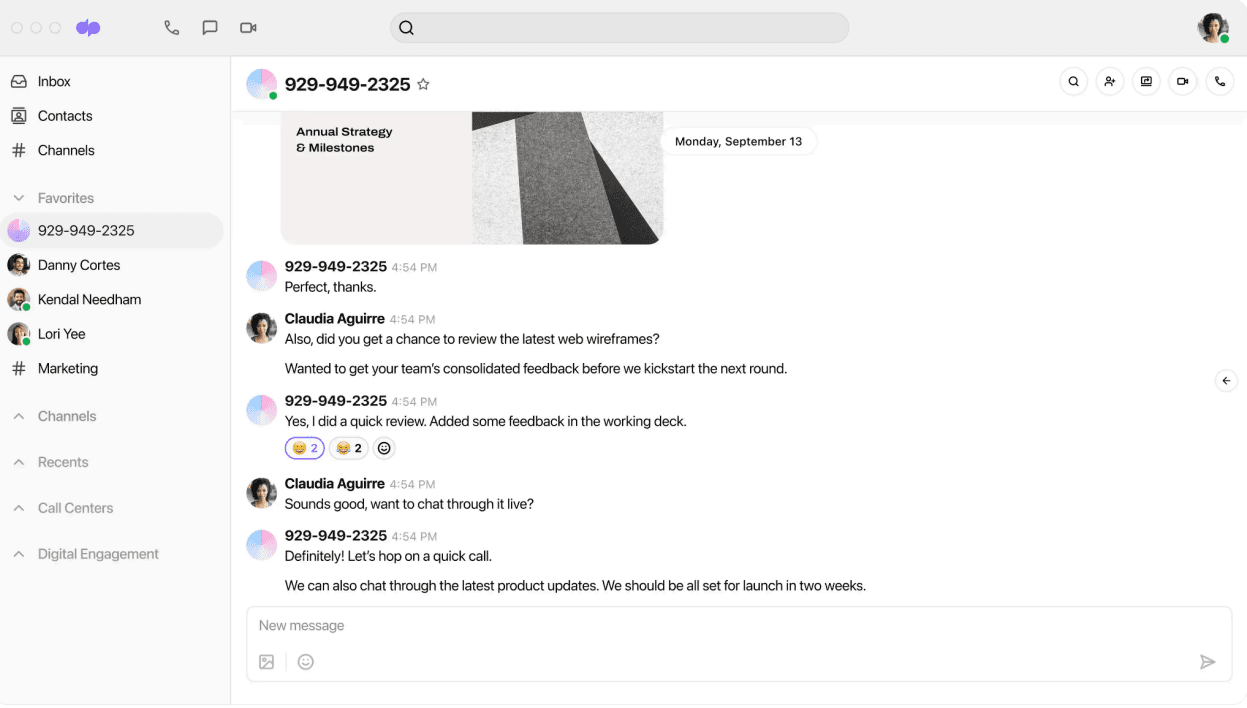
Keep your regular customers up to date with your newest products and launches by sending them mobile notifications and SMS whenever something new pops up (just make sure they've consented first).
This way, they’ll feel valued and have access to some of your newest products before anyone else—going a long way to making them feel like you care about them.
You can also use SMS to send out customer surveys and provide customer service support to those who don’t want to call a live agent. (Learn more about other customer service techniques.)
9. Make customer support a channel for brand awareness
Make the most of your existing customer base and their support to leverage your brand and grow your following even more.
A simple way of doing this is by simply asking customers to tag you in photos with their products across their socials—this is basically a form of free advertising!
You could also encourage them to leave reviews on your site or any partner sites that you sell on, giving other potential customers the confidence to purchase your product or service.
10. Leverage social media as a focal customer engagement platform
You may have thought your content marketing was limited to your site and blog. Not so!
Your social media platforms hold so much potential for business growth, so it’s time you start tapping into the gold-mine that is your digital customer experience. The popularity of social media has spiked during the last ten years and it looks set to stay. So, make the most of this opportunity to not only market your products but engage with consumers.
Instead of the usual email or blog post, think about interacting with your customers directly on platforms like Twitter and Instagram. Respond to DMs and comments on posts promptly, and host regular giveaways to increase engagement and interaction.
Customers will feel more connected to your brand if you operate in this way and will start to feel like they’re part of a community and culture. Once you start creating this feeling you’re more likely to retain customers.
Some other ideas for engagement:
Recruiting ambassadors across your socials to promote your products online and rewarding them with commission every time a new customer makes a purchase with their referral code.
Posting your social causes on your platforms, and letting your customers and followers become part of the journey.
Posting freebies and offers on your Instagram story, as well as new brand launches and updates. This will help you form a connection with your audience and also contribute towards developing Instagram growth.
Hosting live Q&A sessions with your customers on Instagram live or any other video platform.
11. Invest in visual engagement
Do your consumers have an option to check-in with you visually?
This could be as simple as having a communications platform that allows you to talk to your customers on video. Or you could host regular live webinars where customers can come together to share their questions with you.
Even if you have a remote team, that shouldn’t stop you from engaging with customers visually and face-to-face (albeit through a screen).
Hosting live Q&A sessions, webinars, and providing web conferencing options is a great way to expand the ways in which your customers can reach out to you and help them feel more connected to you as a brand.
12. Acknowledge and thank your online reviewers
Your online reviewers are a silent but powerful force for business growth. Their reviews can either push potential customers to make the final purchasing decision or cause them to back away.
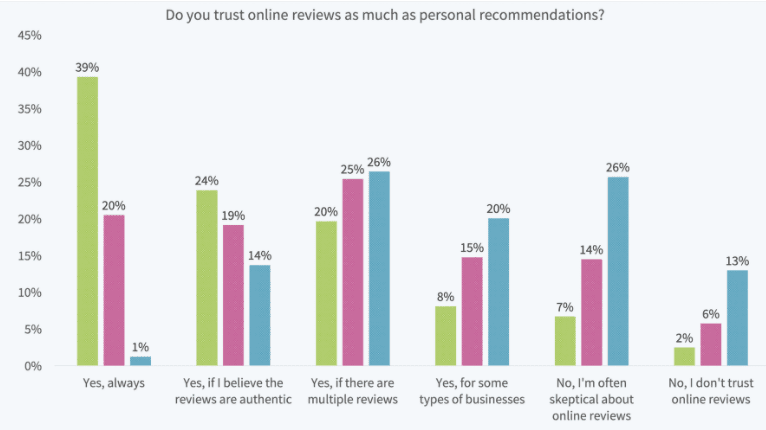
Encourage more of your consumers to write positive reviews by offering a discount in return for their words and be sure to thank and shout them out, too. Displaying awesome reviews across your socials and website is a nifty, free form of advertising, so make the most of each review that comes your way.
5 metrics for tracking customer engagement and informing customer engagement planning
Measuring these engagement KPIs regularly will keep you on top of whether your strategy is effective or you need to make any changes.
Average order value (AOV)
AOV is a KPI focused on honing in on your customer’s purchasing patterns—helping you set up your pricing system to match, and finding when the best times to market are.
An increased AOV rate directly lines up with a higher rate of revenue, so aim to measure this KPI as often as possible.
Average order value (AOV) is usually calculated on a monthly basis and involves dividing your total revenue number by the overall amount of orders placed.
The equation for AOV is:
Total revenue ÷ number of orders placed
Click-through rate (CTR)
A handy KPI for measuring how many customers clicked on your content and the CTA, the click-through rate (CTR) can help give you an overview of how much your content spurs users to act.
CTR = (Clicks/Impressions) x 100
Repeat purchase rate (RPR)
The repeat purchase rate (RPR) measures the proportion of your customers who have made two or more purchases within the same time period.
Measuring the RPR can help give you an overall view of how memorable and effective your CX is, and whether users find value in your content and site.
The equation for RPR is:
number of customers who have purchased before ÷ total number of customers X 100
Purchase frequency (PF)
Similar to RPR, purchase frequency is a KPI that measures the amount of times an average customer has made a purchase within a specific time period.
Tracking your PF regularly will help you better understand how many loyal, long-standing customers you really have. Long-time consumers are more likely to buy a product or service on repeat.
Calculating the PF rate will also help inform your current marketing strategies and how best to target your audience.
The calculation for PF is:
number of orders ÷ number of unique customers
Guest checkout rates
The guest checkout rate is the number of customers who checkout as a guest without having made an account.
Regularly analyzing your guest checkout rates will give you a rough idea of how many guests you have shopping on your site compared to those with actual accounts. This is important since customers with accounts are more likely to make recurring purchases than guests.
The equation for guest checkout rates is:
number of orders made by guests ÷ total number of orders.
Excellent customer engagement strategies attract more leads
It’s pretty clear that great customer engagement strategies will go a long way in improving your customer retention rate, leading to brand advocates and eventually new customers!
The happiness of your existing consumer base has a direct impact on the number of new customers you acquire, so keep at your engagement strategy and regularly track your KPIs to understand your customer’s actions.
Bottom line is any small business looking to increase engagement and revenue should start with their already loyal tribe of customers.
If potential customers and guest shoppers can see how happy your crowd are, they’ll be more likely to join your community.
Take a product tour of Dialpad
Want to provide better customer engagement? Dialpad's AI-powered customer engagement solution is designed to make that easier. Book a demo, or take a self-guided interactive tour of the app on your own first!
